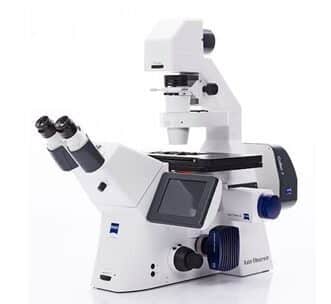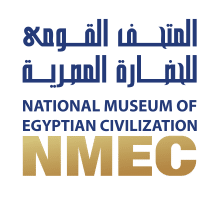
Overview
Conducts accurate quantitative mineralogical and petrographic analyses of stones and minerals using internationally accepted techniques and standards.
Services
- Performs basic and advanced mineralogical and petrographic analyses of samples generated from geological mapping, mineral exploration projects, and geo-archaeological research.
- Preparation of quality petrographic thin sections and polished sections of rocks, ores…etc.
- Carrying out mineralogical and petrographic analyses to the samples related to monuments and samples generated from archeological sites.

CONTENTS
Petrographic microscope (polarizing microscope)
It is used mainly in geo-archaeological studies to identify stones and minerals in thin sections.
This type of microscope is characterized by the use of polarized light, in which the light vibrates in one direction, unlike the microscopes that use regular light that vibrates in random directions.
It is used in anisotropic materials.

Inverted Microscope
It is a microscope with its light source and condenser on the top, above the stage pointing down, while the objectives are below the stage pointing up.
It is used to identify the opaque minerals in polished sections.
It is used in isotropic materials, required a technique employing reflected light from the polished surface.
A Stereo Microscope
It is a type of optical microscope that allows the user to see a three-dimensional view of the specimen. Otherwise known as a dissecting microscope or stereo zoom microscope. Magnification ranges from 7.5 to 75x. Opaque, thick, solid objects are ideal to be studied with this tool.
Uses of “Stereo Microscope”:
It is used by biologists to aid in dissections, used in the study of insects without having to dissect them, Technicians use stereo microscopes when they repair circuit boards, in Quality control to check the quality of products.

